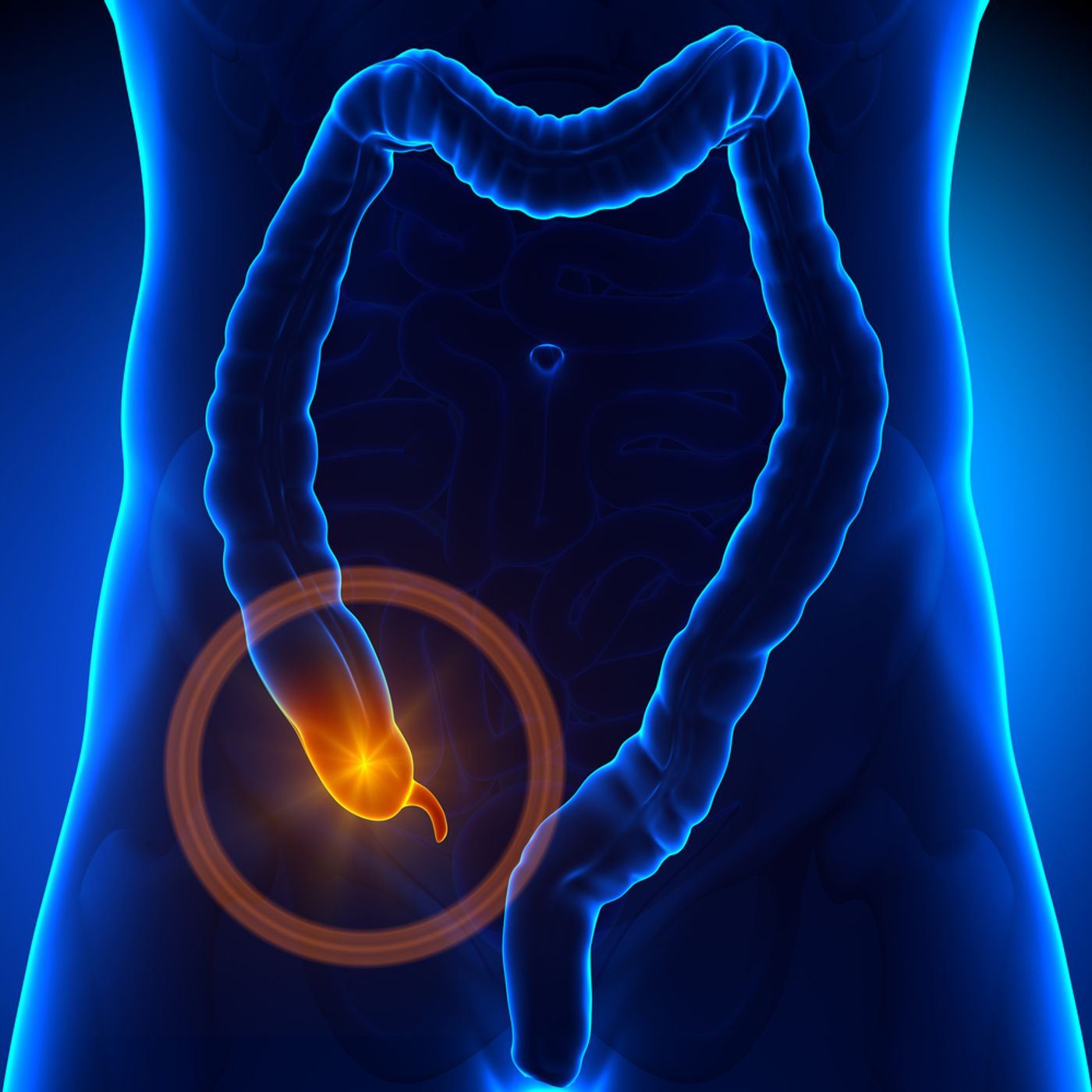Oh So That's What the Appendix Does...
The body organ known as the appendix has long been claimed to have no known function, but recent research has shown that this statement is far from the truth. The newest study, from Midwestern University, links the appendix to a long history of involvement in immune function and nurturing of the human microbiome.
"For years, the appendix was credited with very little physiological function,” said Oklahoma State University physiology professor Loren G. Martin in a 2014 Scientific American article. “We now know, however, that the appendix serves an important role in the fetus and in young adults.”
Heather F. Smith, PhD, from the Midwestern University Arizona College of Osteopathic Medicine, looked at more than 500 mammal species in her recent study. The first observation to be made? Whether or not each mammals species had an appendix. Smith and her team also looked at environmental factors and other gastrointestinal traits of each species, and they mapped of all of the data onto a phylogeny to track the mammalian evolution of the appendix. If they could determine why some animals have an appendix and others do not, then perhaps the true nature of the appendix could be realized.
They saw that the appendix had evolved independently over 30 different times in multiple distinct mammal lineages. Once the appendix evolved, it very rarely disappeared, implying an adaptive purpose that continued to be naturally selected for over time.
While Smith and her team investigated multiple ecological factors including diet, climate, sociability, and habitat of each mammalian species, their results led them to ultimately reject the idea that the role of the appendix is associated with dietary or environmental factors.
Instead, they believe the appendix plays an important role as a secondary immune organ, similar to the lymph nodes, tonsils, spleen, Peyer's patches and mucosa associated lymphoid tissue (MALT). They came to this conclusion after finding that the mammalian species with an appendix had higher average concentrations of immune tissue in the cecum, a pouch marking the beginning of the large intestine. The appendix is also connected to the large intestine.
In addition to its various roles in the immune response, immune tissue, and now presumably the appendix, also promotes growth of many species of “good” gut bacteria. Past studies have also linked the appendix to roles in the body such as production of biogenic amines and peptide hormones from the fetal appendix, maturation of B cells in the immune system, and the production of immunoglobulin A antibodies.
Overall, the results from Smith’s study indicate a more complex role of the appendix in the body of humans and other mammals, especially highlighting its union with the cecum. Smith describes the evolution of a “cecoappendicular complex” that includes functions of both the appendix and the cecum.
Like any other organ, the appendix can become infected. However, this organ seems to be especially prone to infection, infamously known as appendicitis. This condition is considered a medical emergency, most commonly occurring in individuals between 10 and 30 years old. The infection is caused by a blockage inside of the organ that leads to increased pressure, blood flow obstruction, and inflammation. If left untreated, the appendix can burst and spread infection into the abdomen, causing a potentially lethal condition called peritonitis.
The National Institute of Diabetes and Digestive Kidney Diseases states that more than five percent of the population experiences appendicitis at some point. More often than not, appendicitis results in surgical removal of the organ. So with a new understanding of the role of the appendix in the immune system and the microbiome, scientists might next consider investigating the effect on the body when an appendix goes “missing.”
Smith’s study was recently published in the journal Comptes Rendus Palevol.
Sources: Midwestern University, MedlinePlus.gov, Scientific American, University of Leeds, National Institute of Diabetes and Digestive Kidney Diseases









